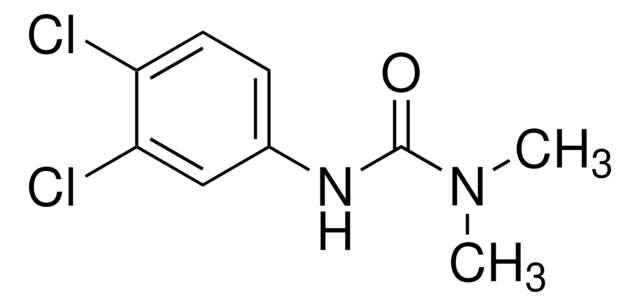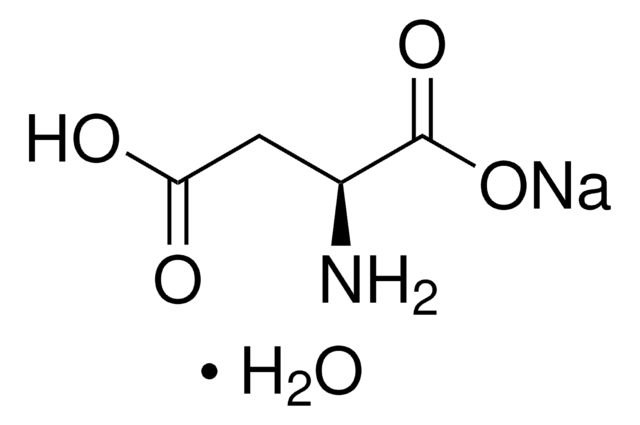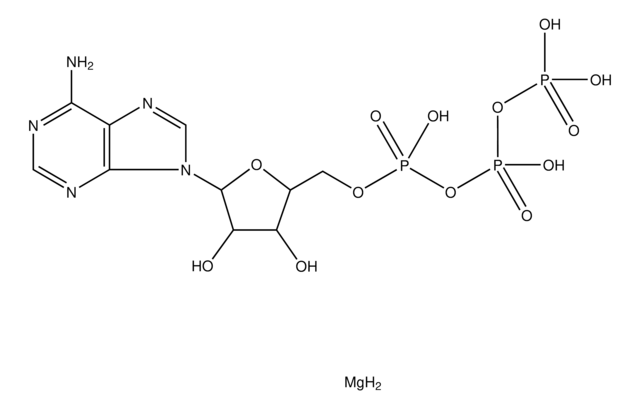Kluczowe dokumenty
A6558
L-Aspartic acid potassium salt
≥98% (HPLC), suitable for ligand binding assays
Synonim(y):
Potassium L-aspartate
About This Item
Polecane produkty
Nazwa produktu
L-Aspartic acid potassium salt, ≥98% (HPLC)
Poziom jakości
Próba
≥98% (HPLC)
Formularz
powder
metody
ligand binding assay: suitable
kolor
white
ciąg SMILES
N[C@H](C([O-])=O)CC(O)=O.[K+]
InChI
1S/C4H7NO4.K/c5-2(4(8)9)1-3(6)7;/h2H,1,5H2,(H,6,7)(H,8,9);/q;+1/p-1/t2-;/m0./s1
Klucz InChI
TXXVQZSTAVIHFD-DKWTVANSSA-M
Szukasz podobnych produktów? Odwiedź Przewodnik dotyczący porównywania produktów
Powiązane kategorie
Opis ogólny
Zastosowanie
- to prepare perforated patch-clamp intracellular solution
- in serum glutamate–oxaloacetate transaminase (SGOT) assay
- as a component in an internal solution (IS) for mitoflash assay to detect mitochondrial flashes in permeabilized cells
Działania biochem./fizjol.
Zastosowanie
Kod klasy składowania
11 - Combustible Solids
Klasa zagrożenia wodnego (WGK)
WGK 3
Temperatura zapłonu (°F)
Not applicable
Temperatura zapłonu (°C)
Not applicable
Środki ochrony indywidualnej
Eyeshields, Gloves, type N95 (US)
Wybierz jedną z najnowszych wersji:
Masz już ten produkt?
Dokumenty związane z niedawno zakupionymi produktami zostały zamieszczone w Bibliotece dokumentów.
Klienci oglądali również te produkty
Chromatograms
application for HPLCNasz zespół naukowców ma doświadczenie we wszystkich obszarach badań, w tym w naukach przyrodniczych, materiałoznawstwie, syntezie chemicznej, chromatografii, analityce i wielu innych dziedzinach.
Skontaktuj się z zespołem ds. pomocy technicznej







